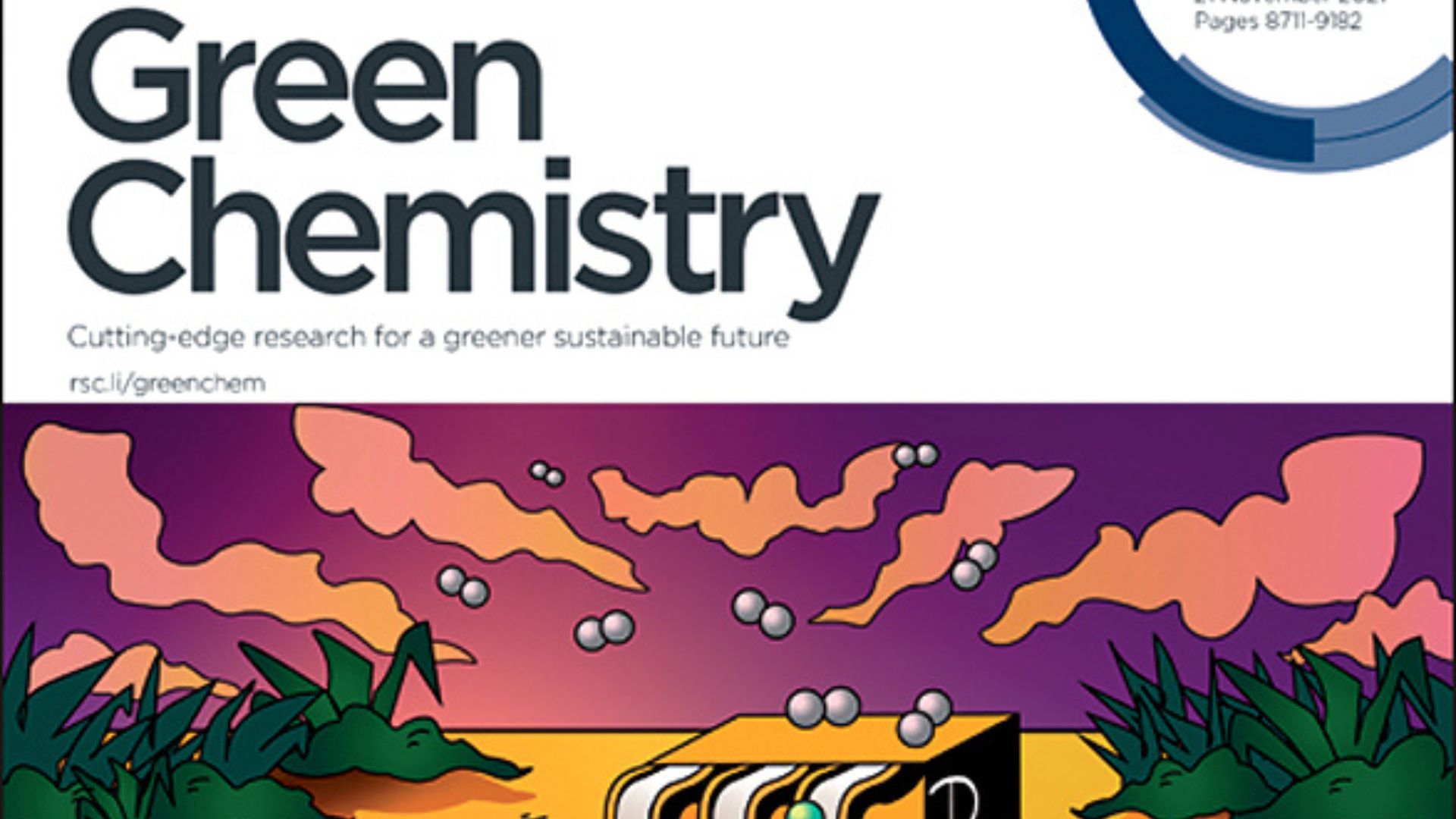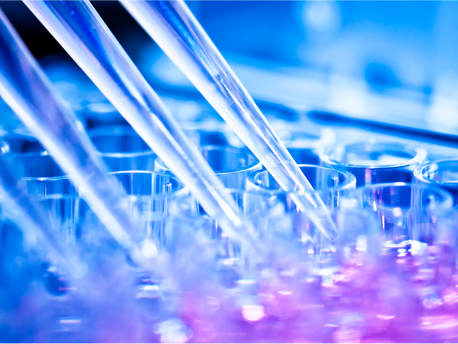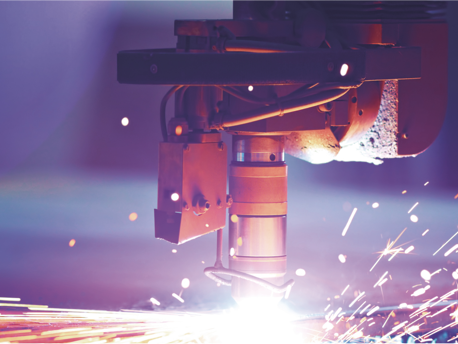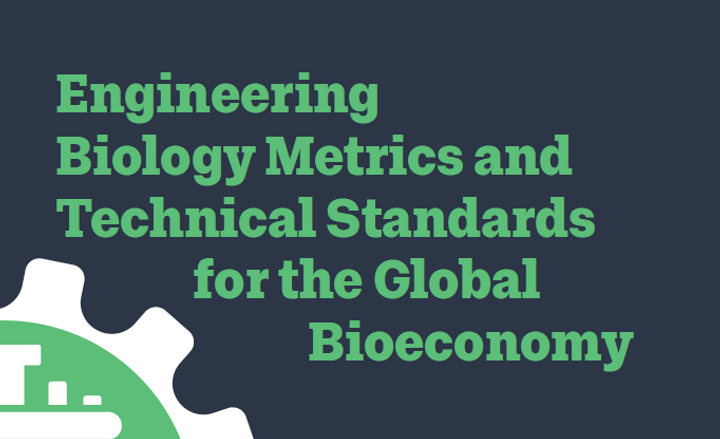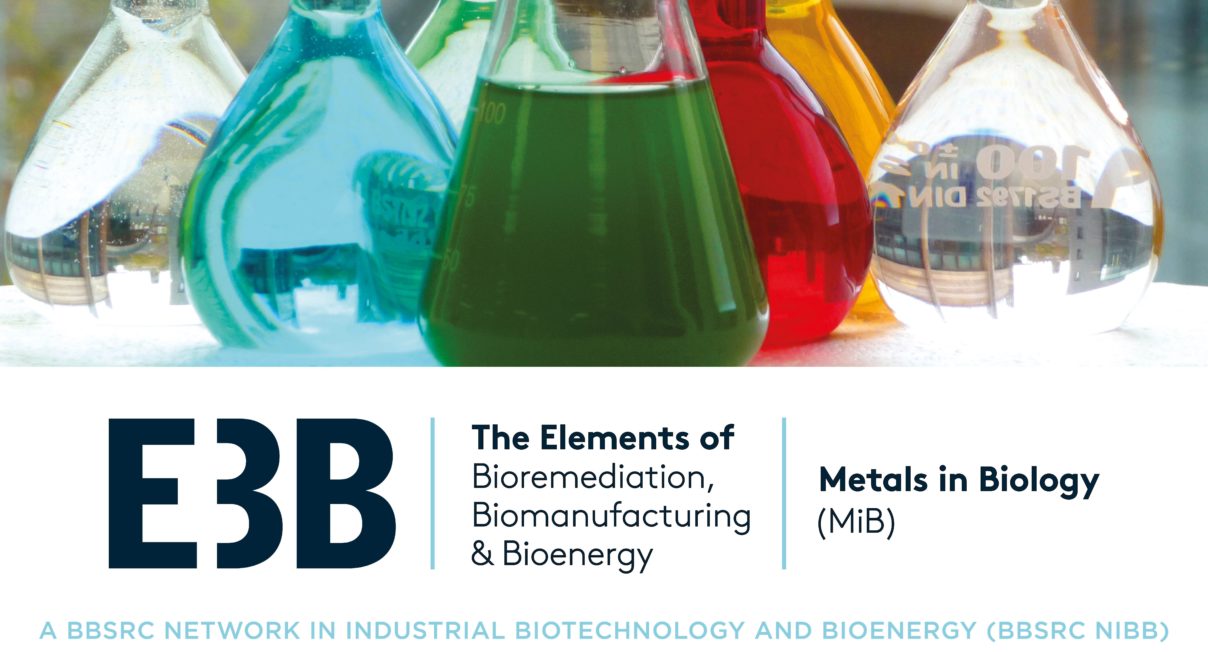Welcome to the ELEMENTAL Hub Resources page, your central destination for key documents, guidance, and materials related to our research.
Here you’ll find information to support collaboration, project development, and knowledge exchange across the Hub. Whether you’re a researcher, industry partner, or stakeholder, these resources are designed to help you navigate our programmes, understand our focus areas, and engage with the work we’re doing to develop sustainable solutions for metal recovery and reuse.


